Home>Furniture & Design>Interior Design Trends>How To Tell If Milk Glass Is Real
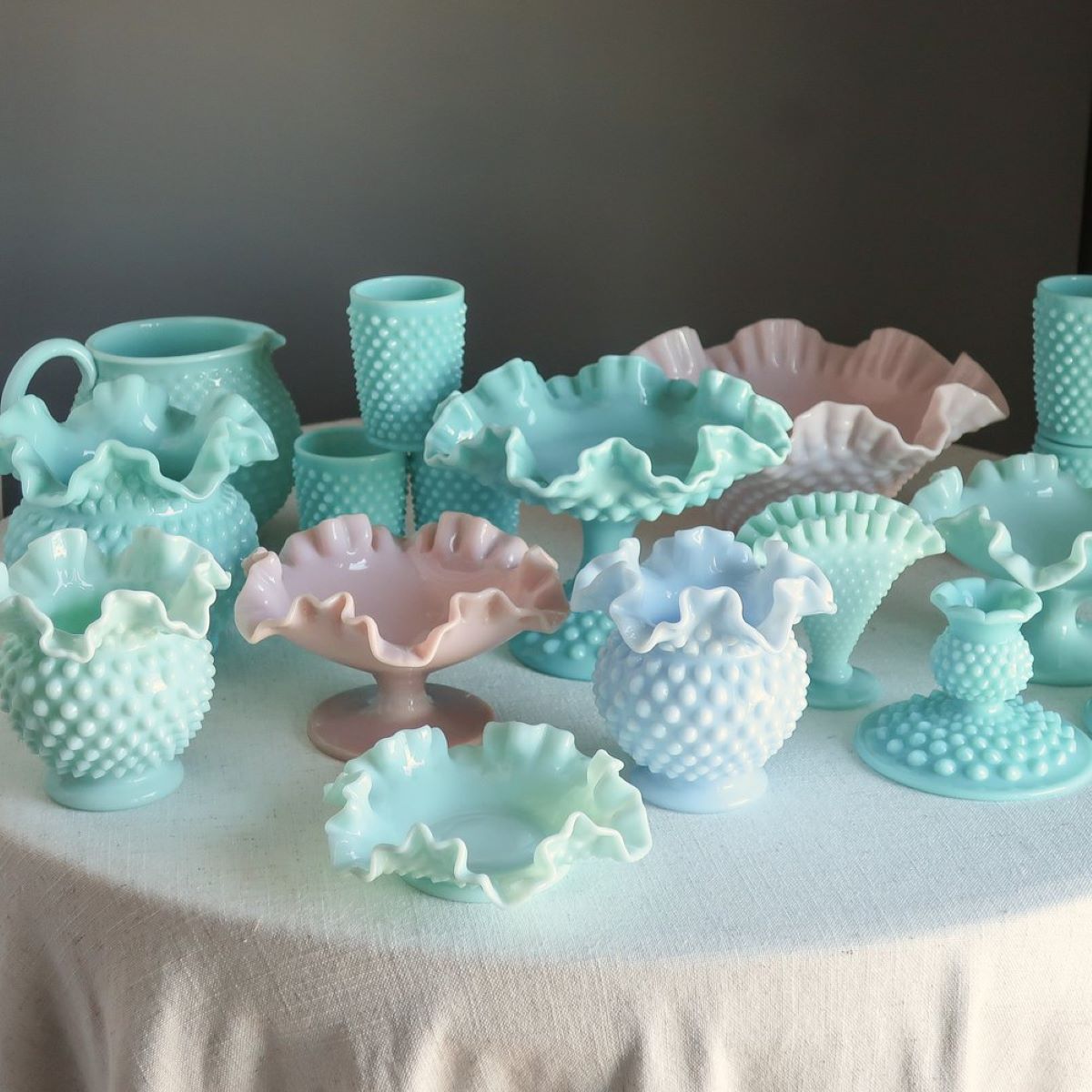

Interior Design Trends
How To Tell If Milk Glass Is Real
Modified: April 21, 2024
Learn how to distinguish real milk glass from replicas and incorporate this timeless interior design trend into your home decor. Discover the beauty of authentic milk glass.
(Many of the links in this article redirect to a specific reviewed product. Your purchase of these products through affiliate links helps to generate commission for Storables.com, at no extra cost. Learn more)
Introduction
Milk glass has captivated collectors and enthusiasts for centuries with its timeless elegance and delicate allure. Its opaque, milky-white appearance exudes a sense of vintage charm, making it a coveted addition to any interior design scheme. However, the market is rife with replicas and imitations, making it essential for enthusiasts to discern between authentic milk glass and its counterfeit counterparts.
In this comprehensive guide, we will delve into the intricate world of milk glass authentication, equipping you with the knowledge and expertise to distinguish genuine pieces from their faux counterparts. By understanding the defining characteristics and subtle nuances of real milk glass, you will gain the confidence to make informed decisions and build a collection that exudes authenticity and historical significance.
Join us on this journey as we unravel the secrets of genuine milk glass and empower you to navigate the intricate landscape of vintage collectibles with finesse and precision. Let's embark on this enlightening exploration of milk glass authentication, where every detail holds the key to unlocking the timeless allure of this beloved art form.
Key Takeaways:
- Genuine milk glass has a smooth, opaque white appearance, feels heavy, and may show signs of age-related wear. Look for these traits to spot real vintage pieces and build an authentic collection.
- Imitation milk glass may lack opalescence, have a glossy finish, and feel lightweight. Understanding these differences helps you avoid fake pieces and appreciate the timeless beauty of genuine vintage glassware.
Read more: How To Tell If A Gem Is Real Or Glass
What is Milk Glass?
Milk glass, also known as "opal glass" or "white glass," is a type of opaque glass that has been treasured for its ethereal beauty and versatility since the 16th century. Its distinctive milky-white appearance is achieved through the addition of various opacifiers, such as bone ash, tin dioxide, or arsenic, during the glassblowing process. This results in a lustrous, translucent quality that sets milk glass apart from other types of glassware.
One of the most alluring aspects of milk glass is its ability to diffuse light, creating a soft, radiant glow that adds a touch of elegance to any setting. This unique property has made milk glass a popular choice for creating decorative items, tableware, and ornamental pieces that exude a timeless charm.
Historically, milk glass gained widespread popularity during the Victorian era, where it was favored for its resemblance to more expensive porcelain and its suitability for mass production. Its delicate, yet durable, nature made it an ideal canvas for intricate designs and patterns, leading to the creation of a wide array of decorative objects, including vases, candle holders, and serving dishes.
In the realm of interior design, milk glass has transcended time and trends, seamlessly blending with a myriad of decor styles, from vintage and shabby chic to modern and minimalist. Its understated elegance and classic appeal make it a versatile choice for both everyday use and special occasions, adding a touch of sophistication to any space.
As a beloved collector's item, milk glass continues to captivate enthusiasts with its rich history and enduring allure. Whether displayed as standalone pieces or incorporated into eclectic collections, genuine milk glass pieces evoke a sense of nostalgia and refinement, making them cherished heirlooms that stand the test of time.
In the next sections, we will delve deeper into the defining characteristics of authentic milk glass and explore the intricacies of differentiating between genuine pieces and their counterfeit counterparts. Join us as we unravel the secrets of milk glass authentication, where every detail holds the key to unlocking the timeless allure of this beloved art form.
Characteristics of Real Milk Glass
Authentic milk glass possesses a distinct set of characteristics that set it apart from imitation pieces. Understanding these defining traits is essential for discerning collectors and enthusiasts seeking to authenticate genuine milk glass items. Here are the key characteristics to look for when identifying real milk glass:
-
Opaque White Appearance: Genuine milk glass exhibits a consistent, opaque white coloration throughout the entire piece. This characteristic is achieved through the addition of opacifiers during the glassblowing process, resulting in a uniform milky-white hue that exudes a timeless elegance.
-
Smooth, Lustrous Surface: Real milk glass boasts a smooth and lustrous surface, free from imperfections or blemishes. When examining a piece, run your fingers along its surface to feel for any irregularities or rough spots, as these may indicate a lack of authenticity.
-
Weight and Thickness: Authentic milk glass tends to have a substantial weight and thickness, reflecting its high-quality craftsmanship. When handling a piece, take note of its heft and thickness, as genuine milk glass is known for its solid and durable construction.
-
Distinctive Opalescence: Genuine milk glass often exhibits a subtle opalescent quality, characterized by a soft, iridescent sheen when held up to light. This ethereal glow adds a captivating dimension to the glass, enhancing its visual appeal and lending it a touch of enchanting allure.
-
Molded or Pressed Patterns: Many authentic milk glass pieces feature intricate molded or pressed patterns, such as scalloped edges, floral motifs, or geometric designs. These details are meticulously crafted and contribute to the overall charm and sophistication of genuine milk glass items.
-
Age-Related Wear and Patina: Over time, authentic milk glass develops a delicate patina and subtle signs of wear, reflecting its age and history. These nuanced imperfections, such as faint scratches or minor discolorations, contribute to the character and authenticity of vintage milk glass pieces.
By familiarizing yourself with these defining characteristics, you can confidently assess the authenticity of milk glass items and make informed decisions when adding to your collection or seeking out timeless pieces for your interior design projects. Embracing the nuances and intricacies of genuine milk glass allows you to appreciate its enduring beauty and historical significance, enriching your journey as a discerning enthusiast in the captivating world of vintage collectibles.
How to Identify Fake Milk Glass
Identifying fake milk glass requires a keen eye for detail and a comprehensive understanding of the distinguishing features that set genuine pieces apart from their counterfeit counterparts. By honing your ability to discern the subtle nuances and telltale signs of imitation milk glass, you can navigate the vintage collectibles market with confidence and precision. Here are essential guidelines for identifying fake milk glass:
Discrepancies in Color and Opacity
Fake milk glass often exhibits inconsistencies in color and opacity, deviating from the uniform milky-white appearance characteristic of authentic pieces. When examining a suspect item, observe its coloration under different lighting conditions to detect any irregularities or variations in opacity. Genuine milk glass maintains a consistent, opaque white hue throughout, devoid of any discernible color discrepancies.
Read more: How To Tell Real Gemstones From Glass
Glossy or Transparent Finish
Imitation milk glass may feature a glossy or transparent finish, lacking the subtle opalescent quality inherent to genuine pieces. Hold the glass up to light and look for a soft, iridescent sheen, indicative of authentic milk glass. A lack of opalescence or a conspicuously glossy appearance may signal that the item is not genuine milk glass.
Lightweight and Thin Construction
Counterfeit milk glass items often exhibit lightweight and thin construction, deviating from the substantial weight and thickness characteristic of authentic pieces. When handling a suspect item, take note of its weight and thickness, as genuine milk glass is renowned for its solid and durable composition. A noticeably lightweight or thinly crafted piece may raise doubts about its authenticity.
Lack of Molded or Pressed Patterns
Imitation milk glass may lack the intricate molded or pressed patterns commonly found on genuine pieces. Authentic milk glass often features meticulously crafted designs, such as scalloped edges, floral motifs, or geometric patterns, adding a touch of sophistication to the glassware. The absence of these distinctive patterns may indicate that the item is not authentic milk glass.
Absence of Age-Related Wear and Patina
Fake milk glass typically lacks the subtle signs of age-related wear and patina that are inherent to genuine vintage pieces. Authentic milk glass develops a delicate patina over time, accompanied by nuanced imperfections such as faint scratches and minor discolorations. The absence of these authenticating marks may suggest that the item is a reproduction or imitation.
By familiarizing yourself with these key indicators of fake milk glass, you can refine your ability to differentiate between genuine pieces and their counterfeit counterparts. This heightened discernment empowers you to make informed decisions when acquiring milk glass items, ensuring that your collection embodies the timeless allure and historical significance of authentic vintage glassware.
Tips for Authenticating Milk Glass
Authenticating milk glass requires a meticulous approach and a discerning eye for detail. Whether you are a seasoned collector or a novice enthusiast, mastering the art of distinguishing genuine milk glass from imitations is essential for building a collection of timeless elegance and historical significance. Here are invaluable tips to guide you in the process of authenticating milk glass:
-
Research and Reference: Begin by immersing yourself in the rich history of milk glass, delving into its origins, production techniques, and renowned manufacturers. Familiarize yourself with the hallmark characteristics of authentic milk glass and study reputable reference materials, including vintage catalogs, collector's guides, and online resources. This foundational knowledge will serve as a valuable compass as you navigate the diverse landscape of milk glass collectibles.
-
Examine the Color and Opacity: When assessing a potential milk glass piece, scrutinize its coloration and opacity under various lighting conditions. Genuine milk glass exhibits a consistent, opaque white appearance, devoid of color discrepancies or variations in opacity. Hold the glass up to light to observe its opalescent quality, characterized by a soft, iridescent sheen that emanates from within the glass. These visual cues are indicative of authentic milk glass and can aid in your authentication endeavors.
-
Inspect the Surface and Texture: Run your fingers along the surface of the glass to assess its texture and finish. Genuine milk glass boasts a smooth, lustrous surface, free from imperfections or irregularities. Look for any signs of wear, such as age-related patina, faint scratches, or minor discolorations, which contribute to the glass's authenticity and historical provenance.
-
Evaluate Weight and Thickness: Authentic milk glass is renowned for its substantial weight and thickness, reflecting its high-quality craftsmanship and durability. When handling a potential piece, take note of its heft and solidity, as these physical attributes are indicative of genuine milk glass. Counterfeit items often exhibit lightweight and thinly constructed characteristics, deviating from the robust nature of authentic pieces.
-
Seek Expert Opinion: If you encounter a particularly rare or valuable milk glass item, consider seeking the expertise of seasoned collectors, antique dealers, or appraisers specializing in vintage glassware. Their insights and knowledge can provide invaluable guidance in authenticating unique or elusive pieces, offering a professional perspective that complements your own observations and research.
By incorporating these tips into your authentication process, you can elevate your discernment and confidence when navigating the intricate world of milk glass collectibles. Embracing the nuances and intricacies of genuine milk glass allows you to curate a collection that embodies the timeless allure and enduring legacy of this beloved art form.
Conclusion
In the realm of vintage collectibles and interior design, the allure of milk glass transcends time and trends, captivating enthusiasts with its ethereal beauty and historical significance. As we conclude this enlightening exploration of milk glass authentication, it is evident that discerning between genuine pieces and imitation glassware requires a blend of knowledge, keen observation, and a deep appreciation for the artistry of vintage glass production.
By delving into the defining characteristics of authentic milk glass, we have uncovered the subtle nuances that distinguish genuine pieces from their counterfeit counterparts. From the opaque white appearance and opalescent quality to the intricate molded patterns and age-related wear, each hallmark feature contributes to the rich tapestry of authenticity that defines vintage milk glass.
As collectors and enthusiasts, embracing the art of authenticating milk glass allows us to preserve its timeless elegance and honor its enduring legacy. Whether adorning our living spaces with delicate vases and ornamental pieces or curating cherished collections that embody the nostalgia of bygone eras, genuine milk glass holds a special place in the hearts of aficionados and connoisseurs alike.
As we continue to navigate the intricate landscape of vintage collectibles, let us carry forward the knowledge and insights gained from this exploration, empowering ourselves to make informed decisions and build collections that reflect the true essence of milk glass craftsmanship. With each authentic piece we acquire, we contribute to the preservation of a cherished art form, celebrating its enduring beauty and cultural significance for generations to come.
In the pursuit of authenticity, may we find joy in the pursuit of rare treasures and the stories they carry, enriching our lives with the timeless allure of genuine milk glass. Let us embrace the art of authentication as a testament to our reverence for history, craftsmanship, and the enduring enchantment of vintage glassware.
As we bid farewell to this immersive journey, let the spirit of authenticity and appreciation for the artistry of milk glass guide us in our continued exploration of vintage treasures, where every piece holds a story waiting to be discovered and cherished.
Frequently Asked Questions about How To Tell If Milk Glass Is Real
Was this page helpful?
At Storables.com, we guarantee accurate and reliable information. Our content, validated by Expert Board Contributors, is crafted following stringent Editorial Policies. We're committed to providing you with well-researched, expert-backed insights for all your informational needs.
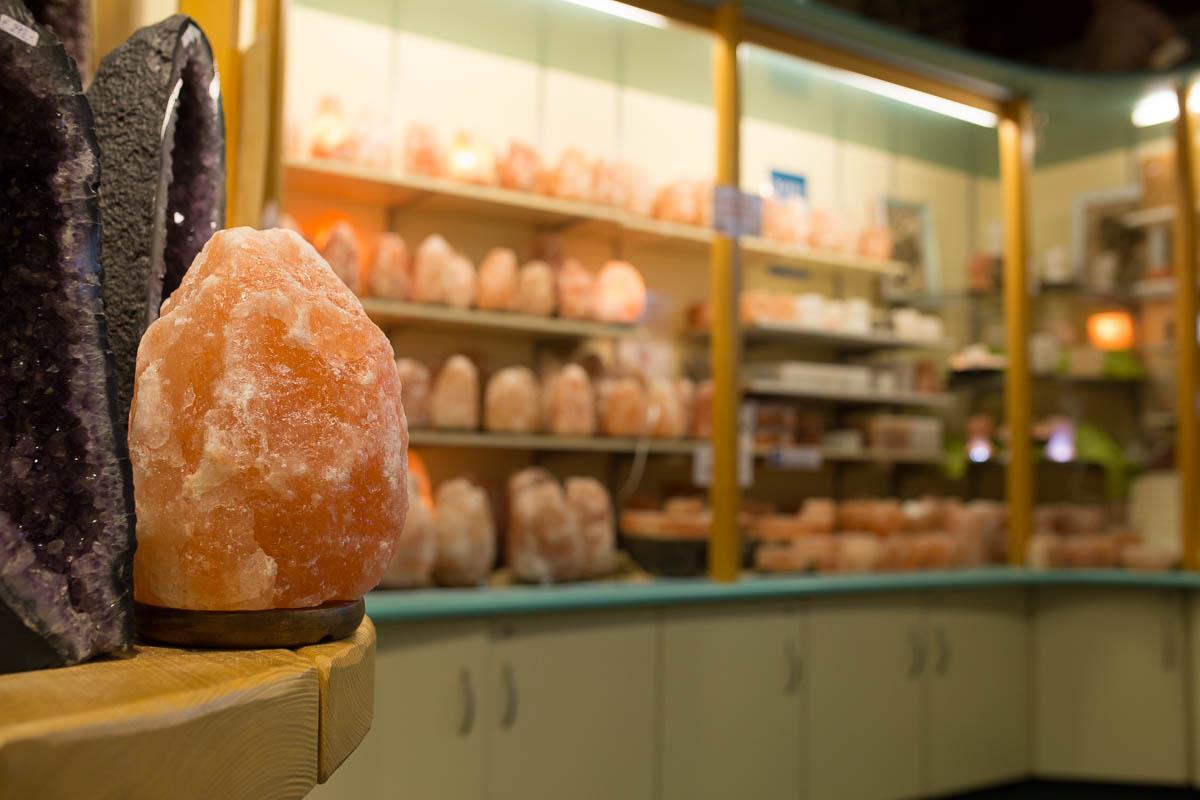

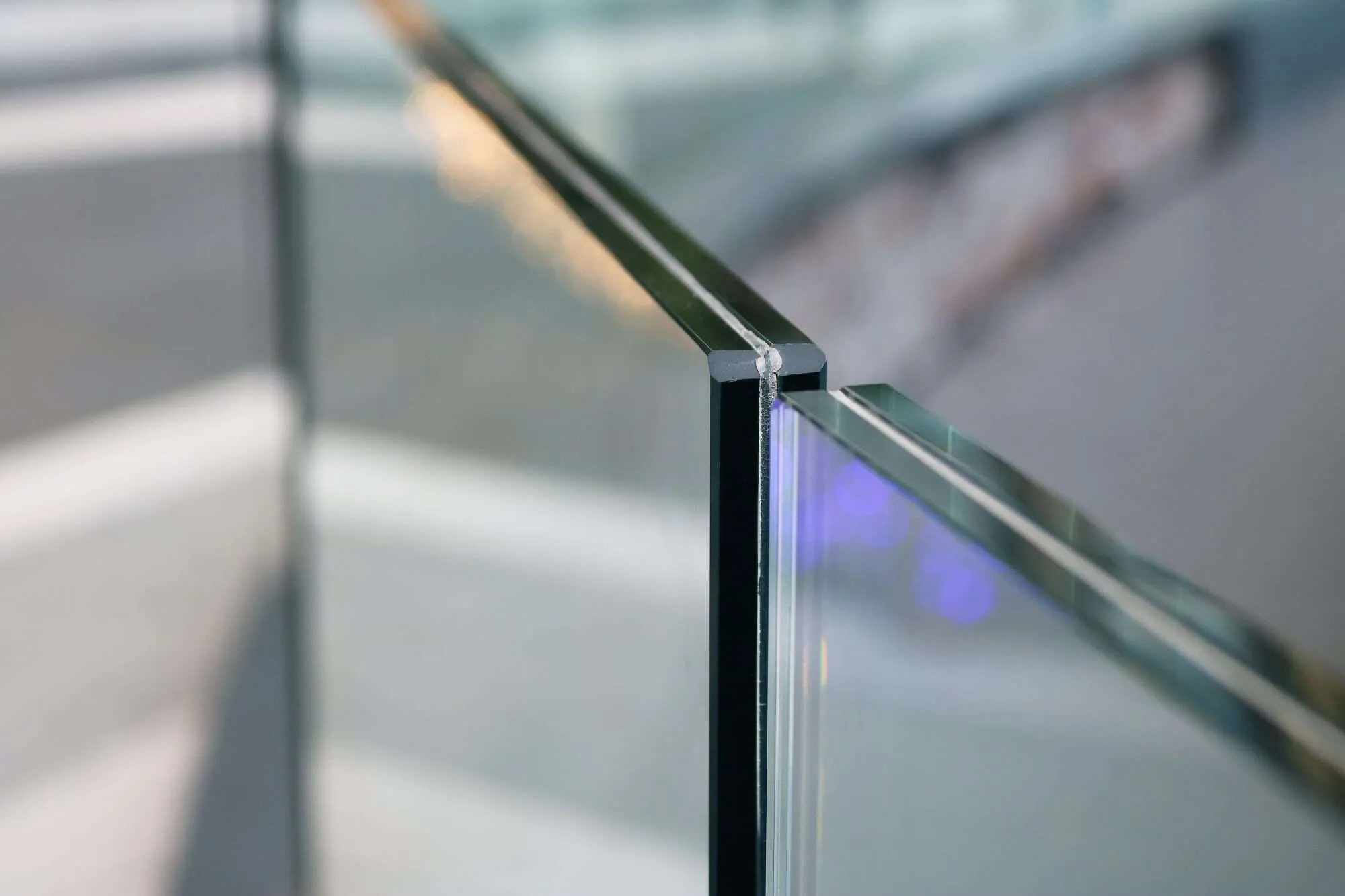
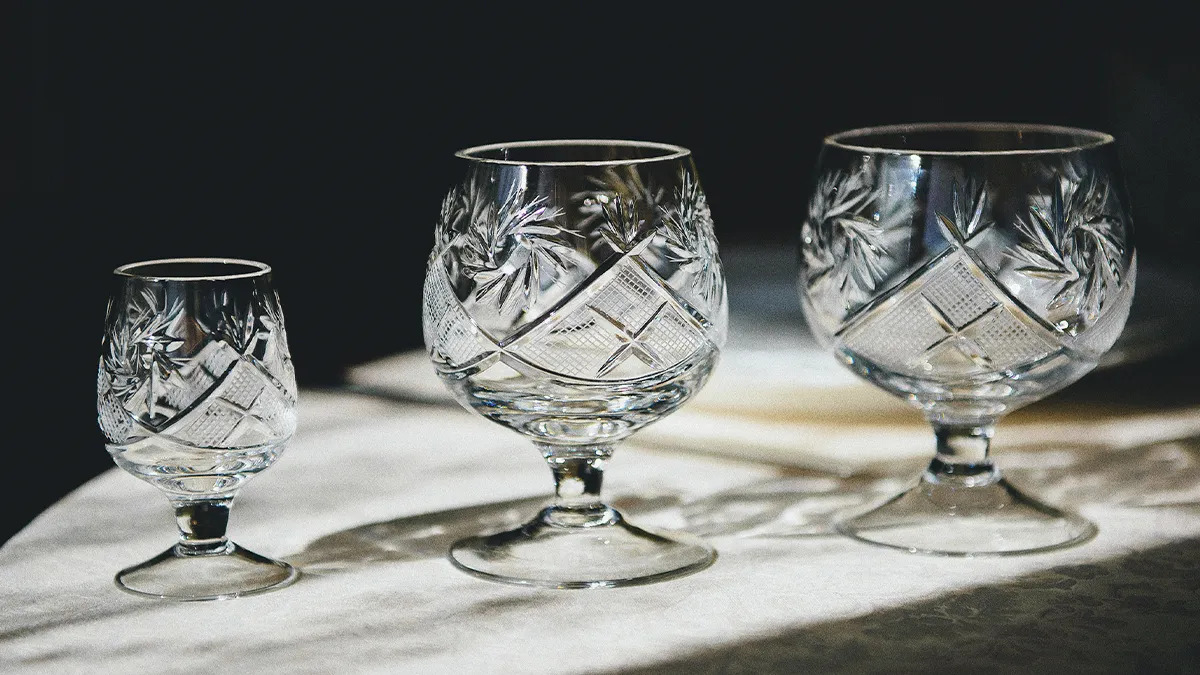

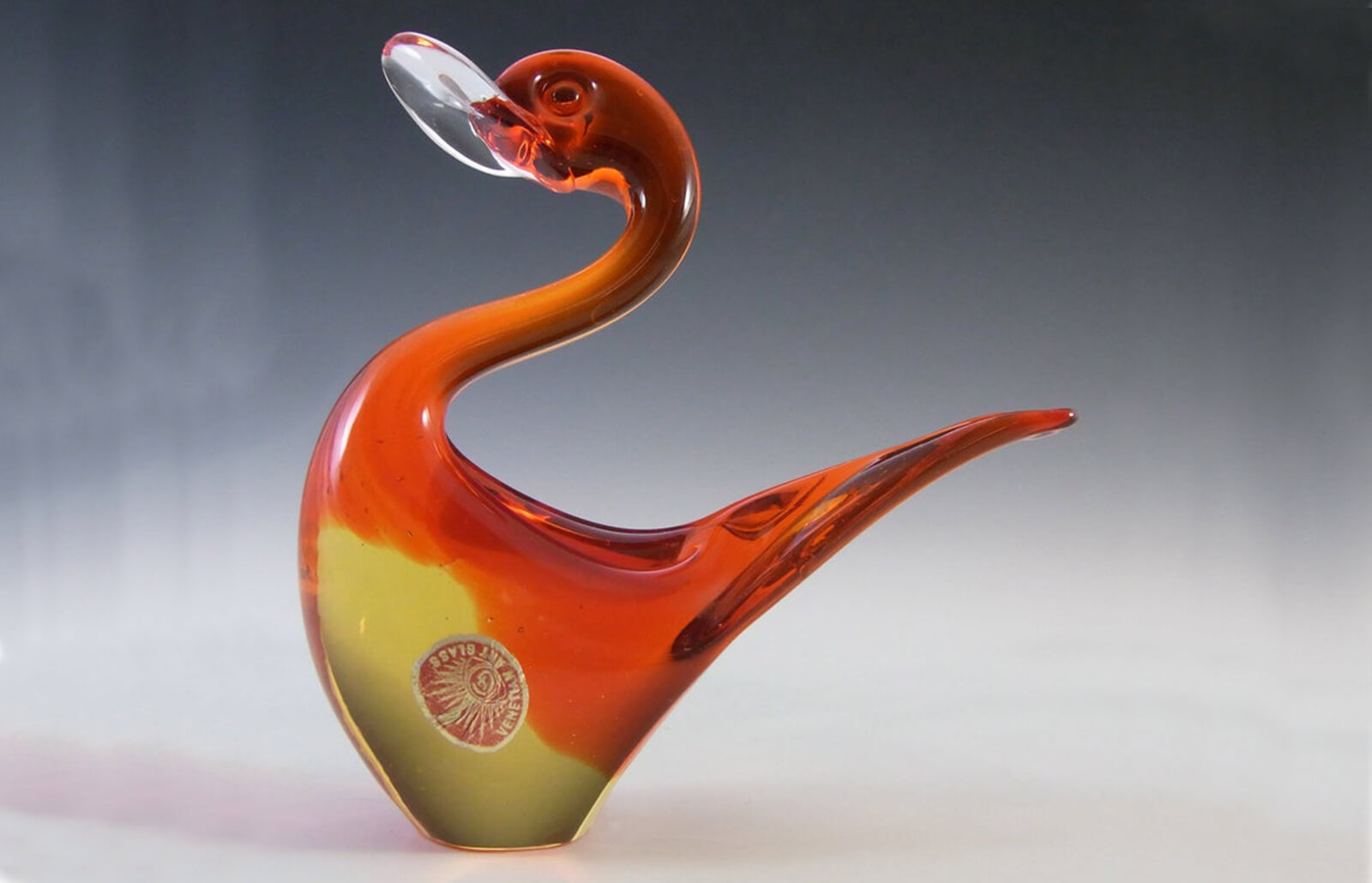
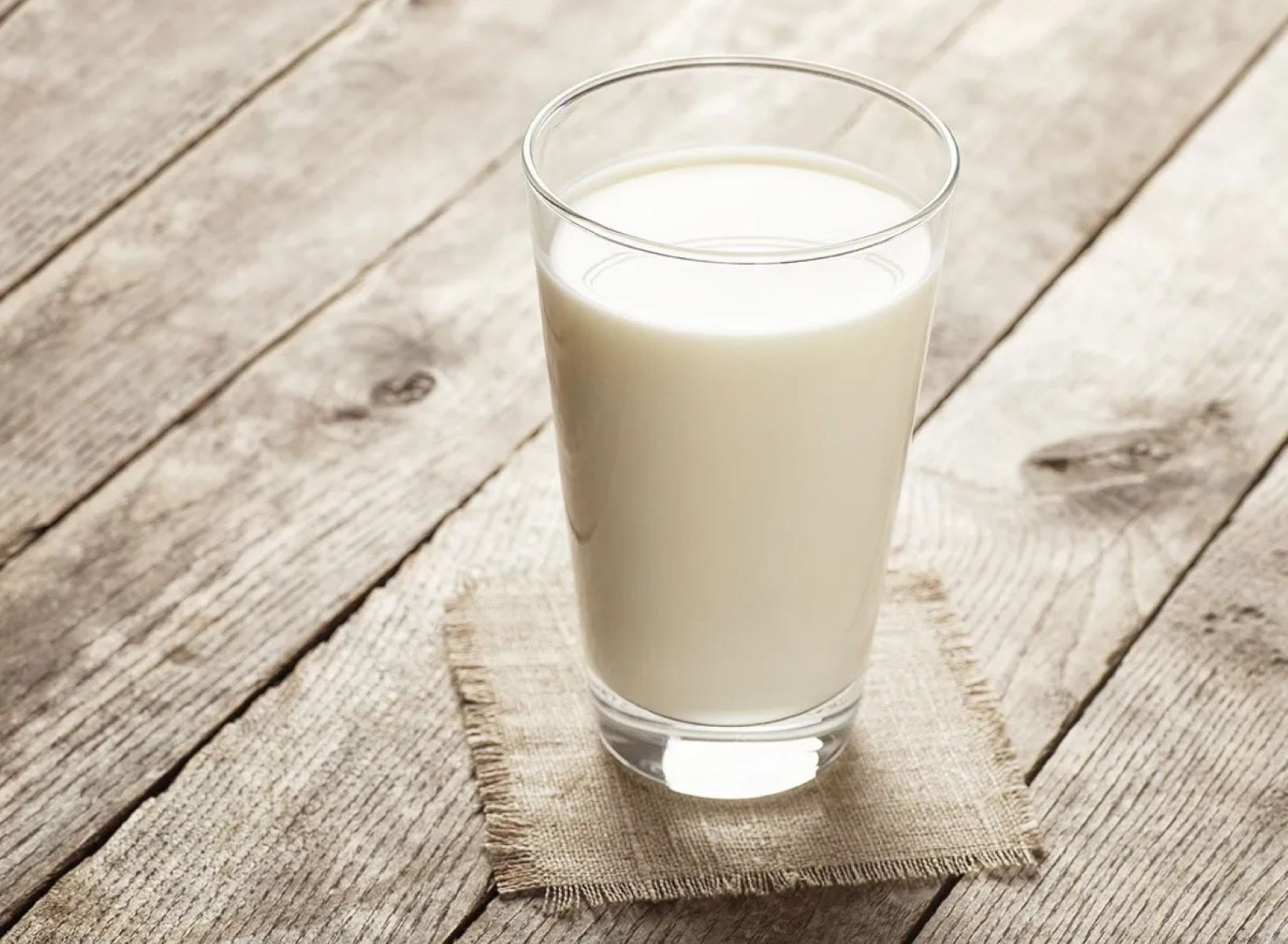
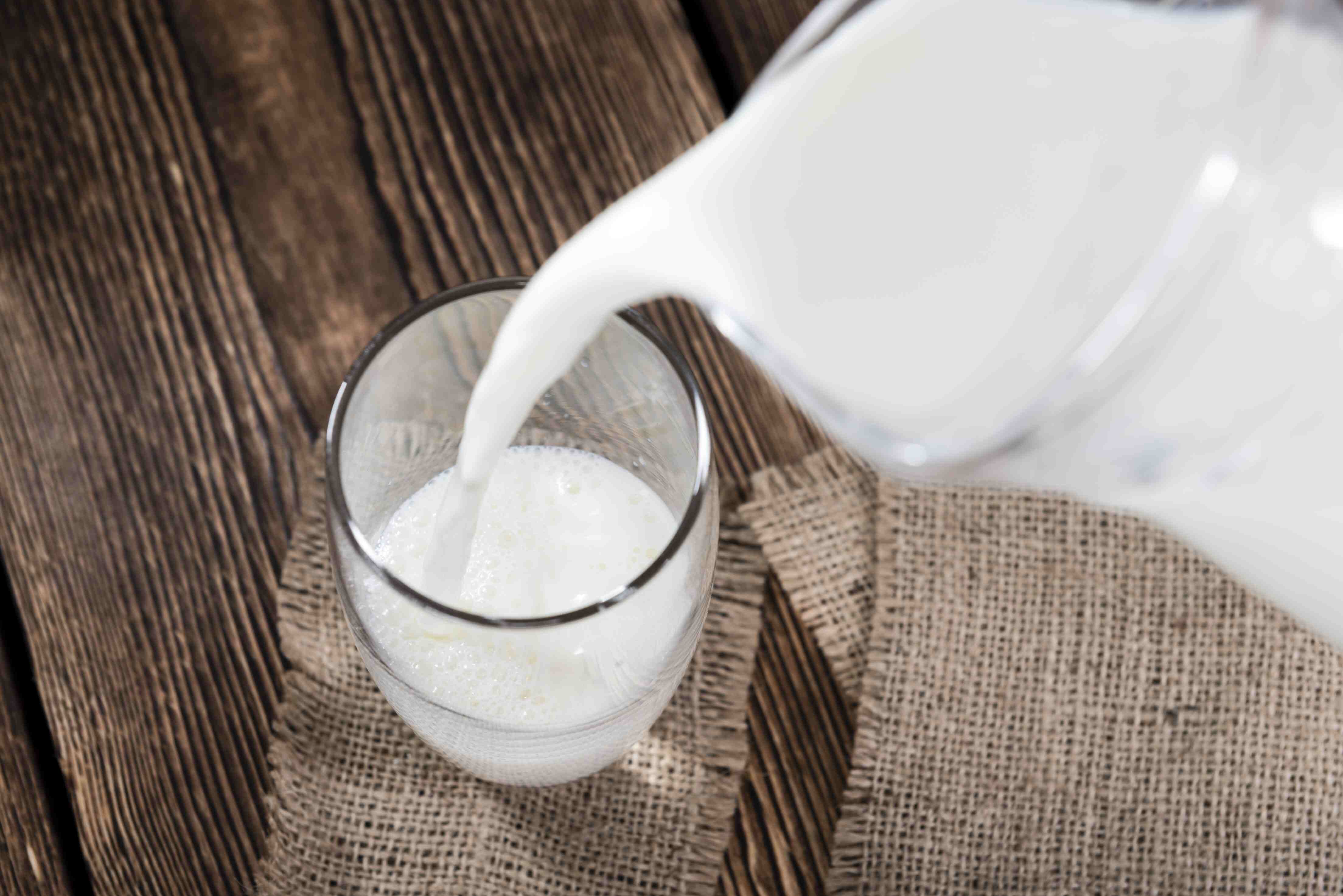
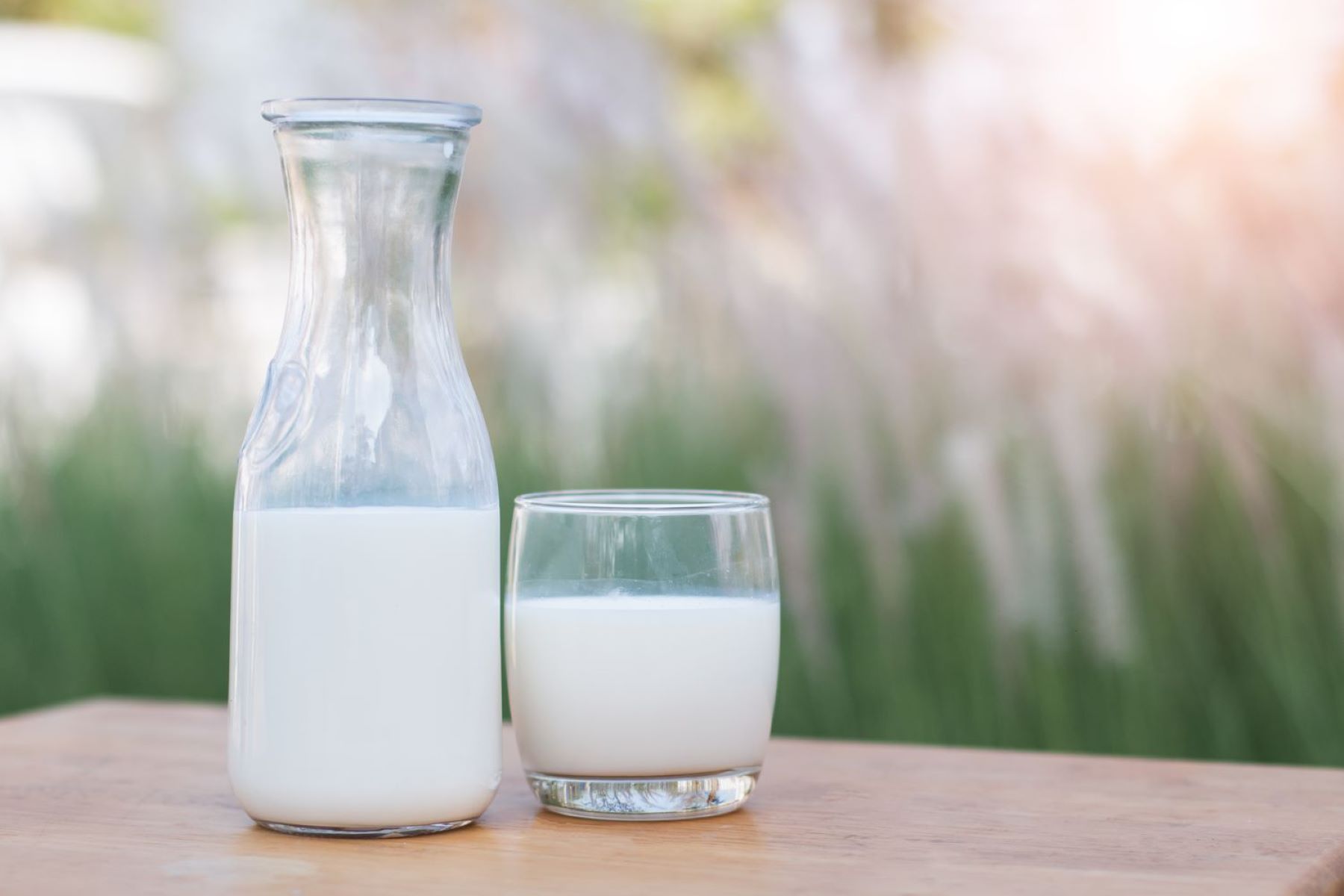
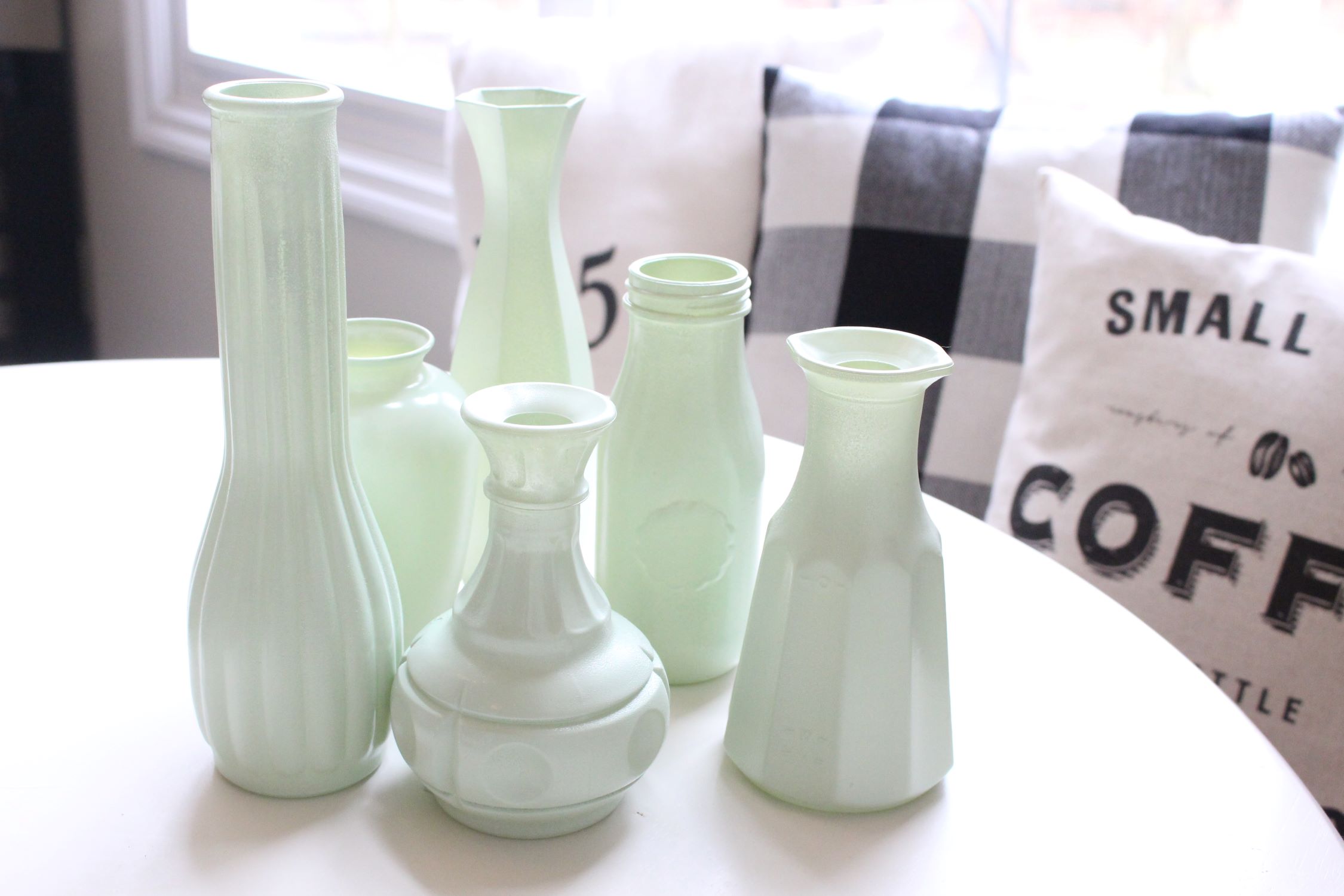
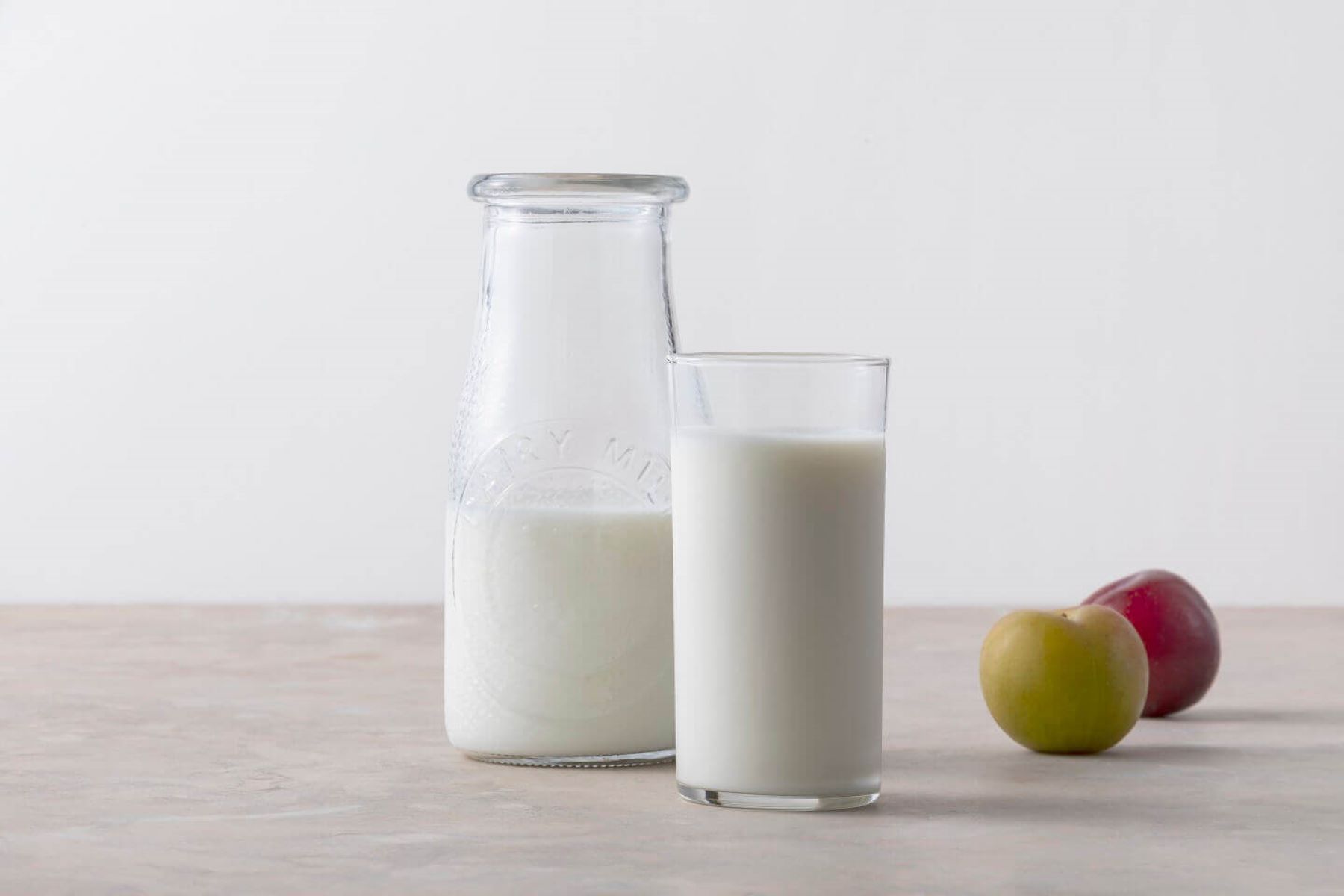
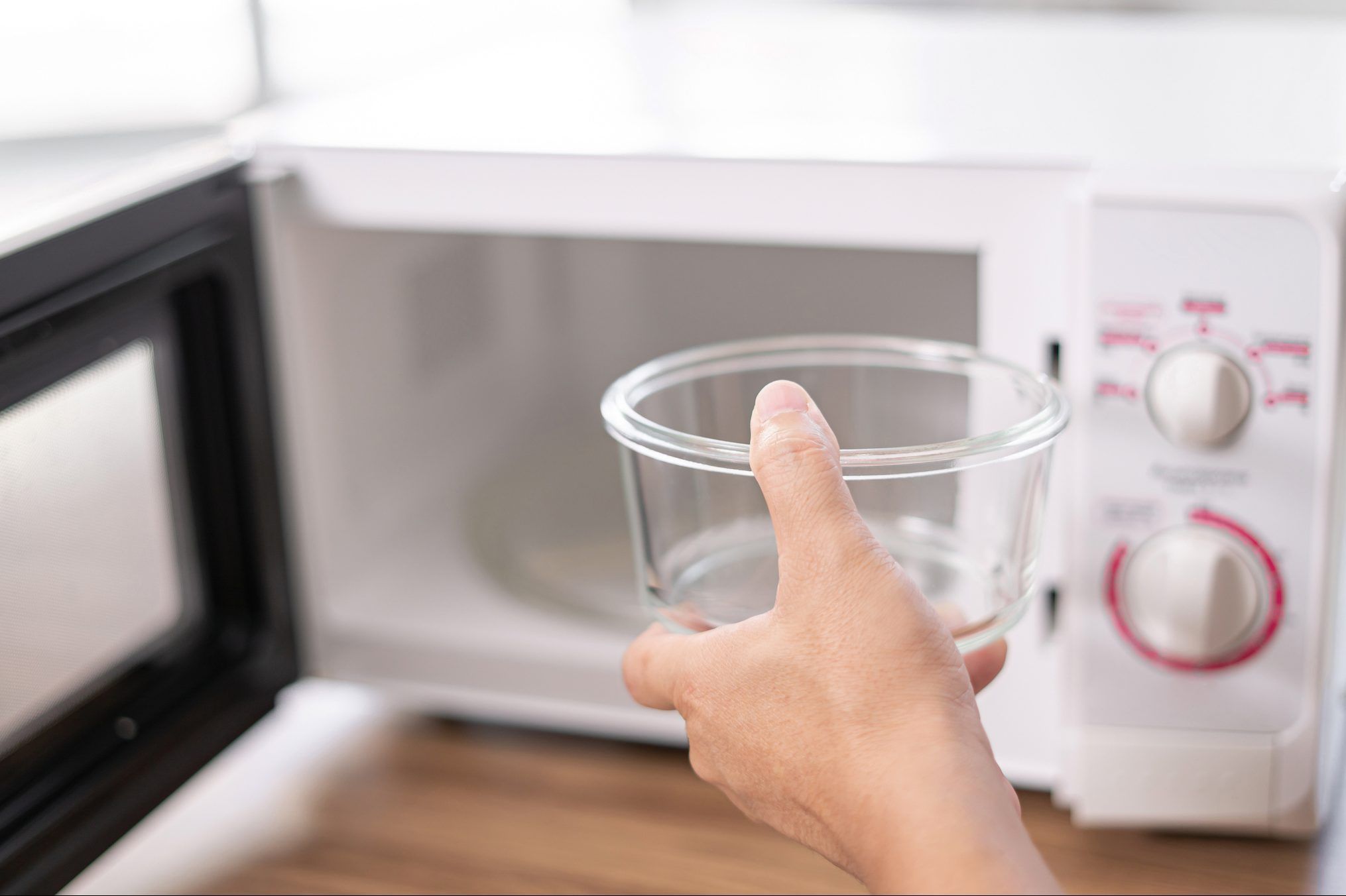


0 thoughts on “How To Tell If Milk Glass Is Real”